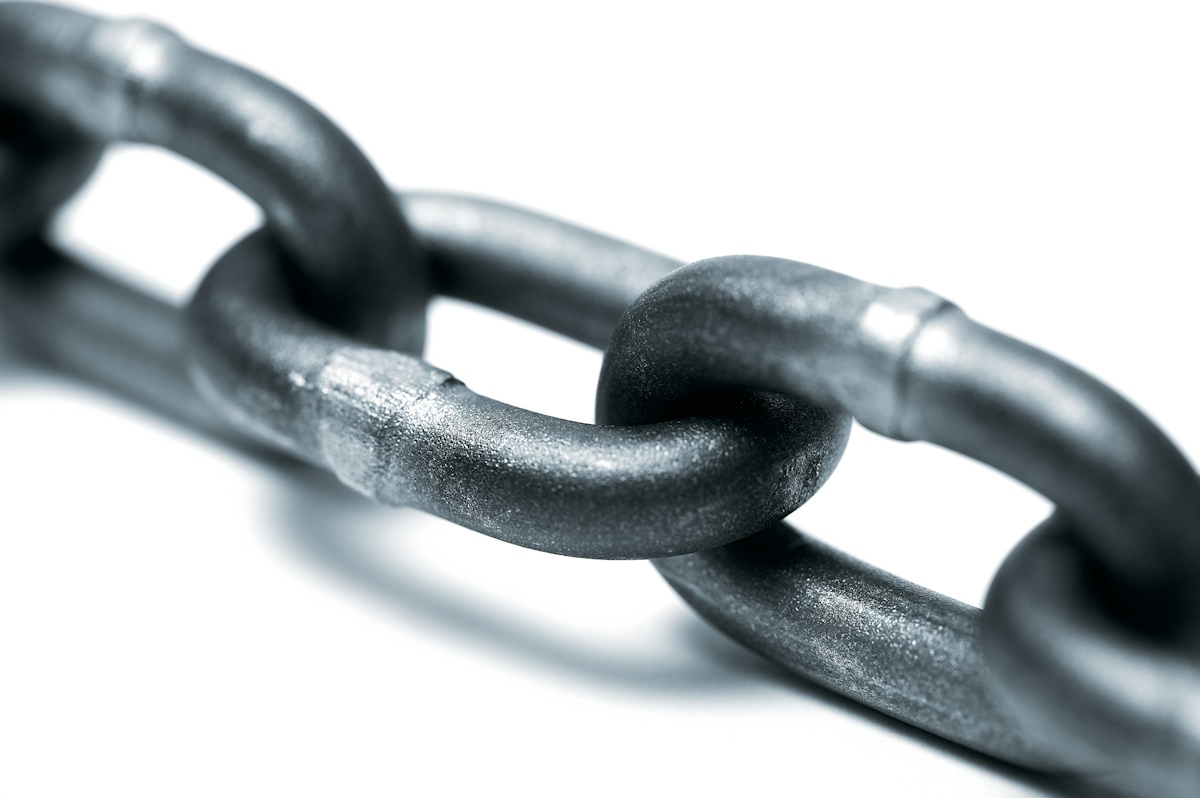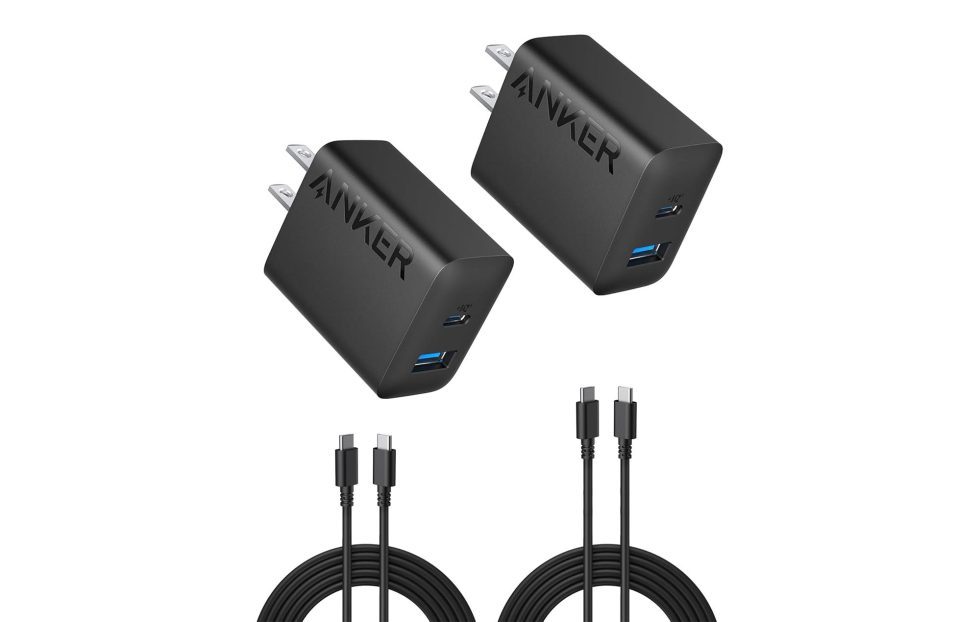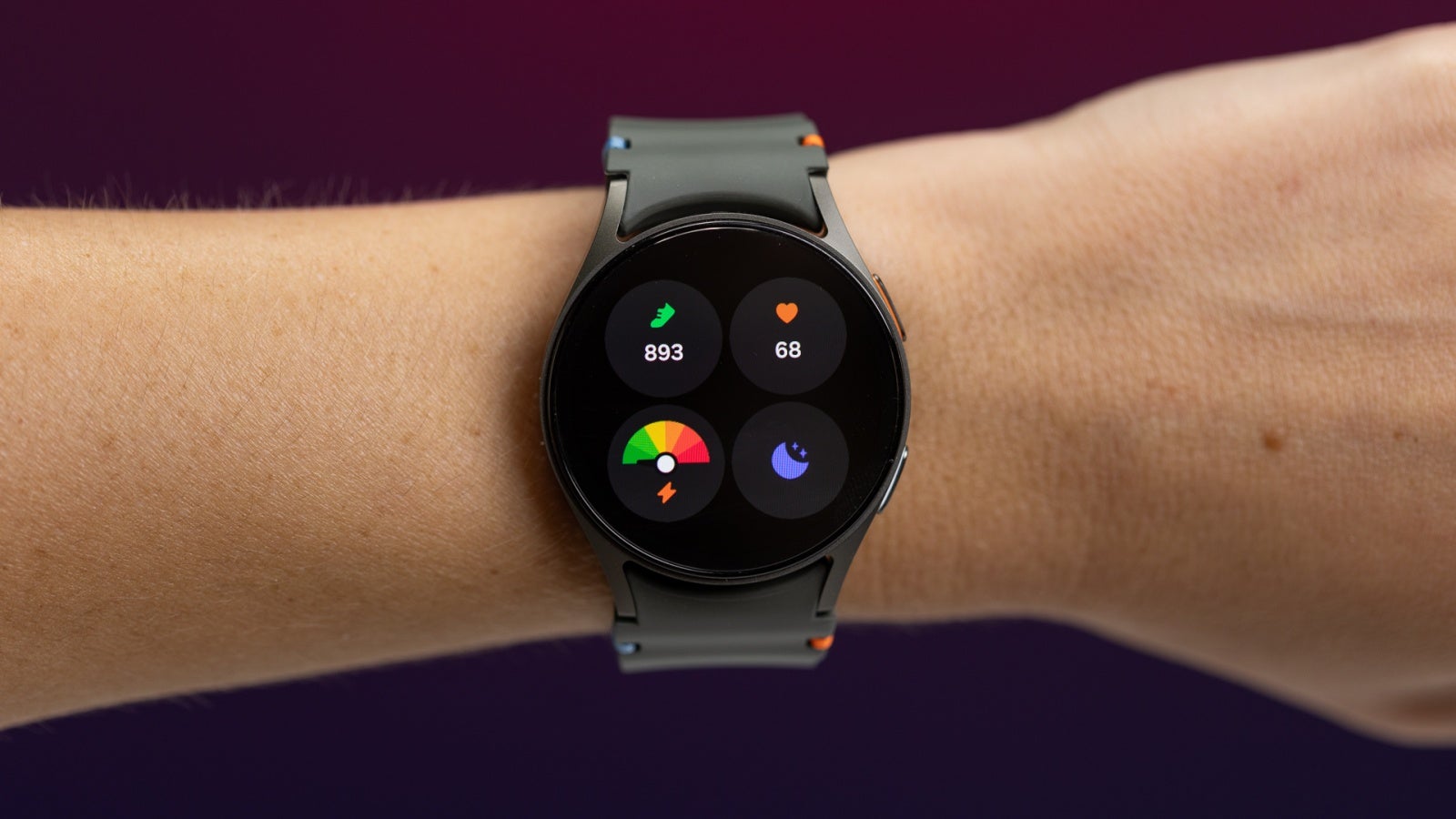A Quick Introduction to TCP Congestion Control
It’s hard to imagine now, but in the mid-1980s, the Internet came close to collapsing due to the number of users congesting its networks. Computers would request packets as quickly …read more


It’s hard to imagine now, but in the mid-1980s, the Internet came close to collapsing due to the number of users congesting its networks. Computers would request packets as quickly as they could, and when a router failed to process a packet in time, the transmitting computer would immediately request it again. This tended to result in an unintentional denial-of-service, and was degrading performance significantly. [Navek]’s recent video goes over TCP congestion control, the solution to this problem which allows our much larger modern internet to work.
In a 1987 paper, Van Jacobson described a method to restrain congestion: in a TCP connection, each side of the exchange estimates how much data it can have in transit (sent, but not yet acknowledged) at any given time. The sender and receiver exchange their estimates, and use the smaller estimate as the congestion window. Every time a packet is successfully delivered across the connection, the size of the window doubles.
Once packets start dropping, the sender and receiver divide the size of the window, then slowly and linearly ramp up the size of the window until it again starts dropping packets. This is called additive increase/multiplicative decrease, and the overall result is that the size of the window hovers somewhere around the limit. Any time congestion starts to occur, the computers back off. One way to visualize this is to look at a graph of download speed: the process of periodically hitting and cutting back from the congestion limit tends to create a sawtooth wave.
[Navek] notes that this algorithm has rather harsh behavior, and that there are new algorithms that both recover faster from hitting the congestion limit and take longer to reach it. The overall concept, though, remains in widespread use.
If you’re interested in reading more, we’ve previously covered network congestion control in more detail. We’ve also covered [Navek]’s previous video on IPV5.
Thanks to [Mahdi Naghavi] for the tip!

























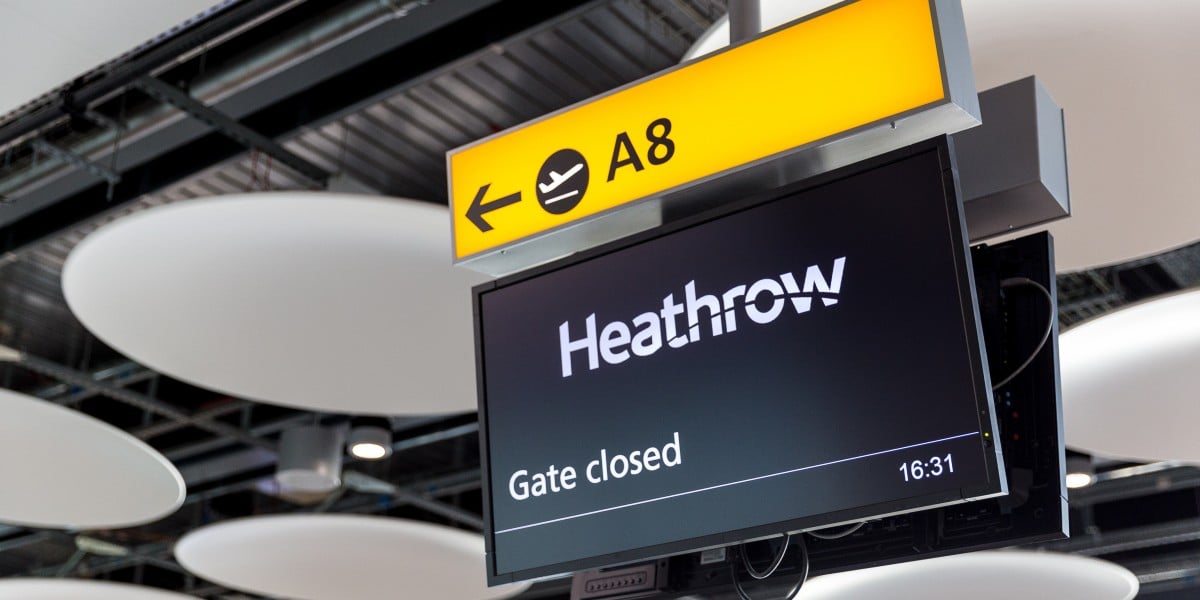









































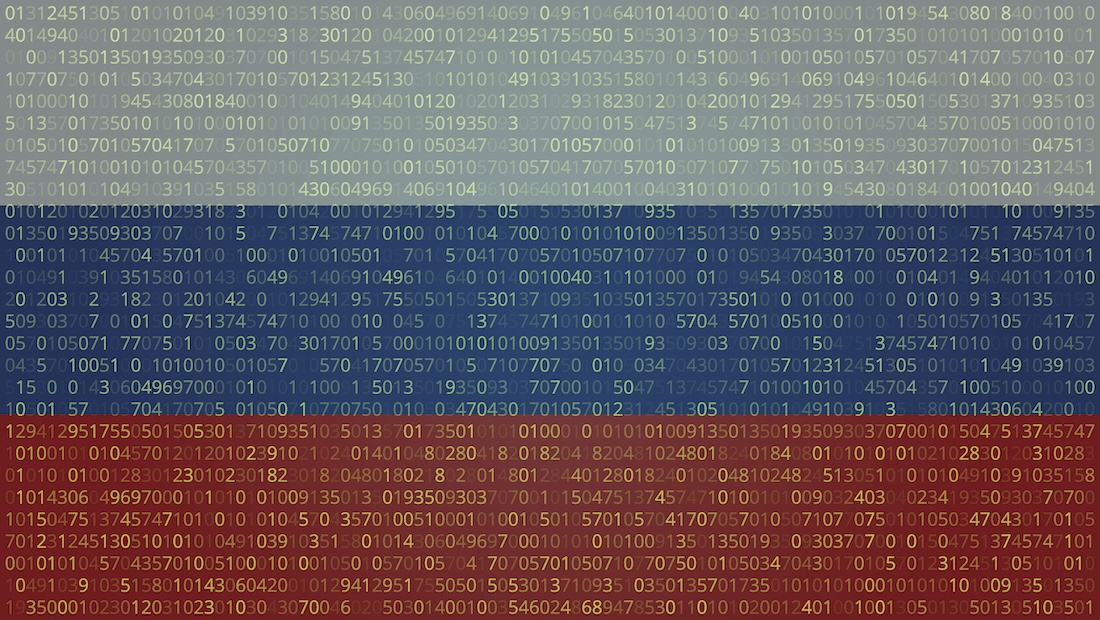





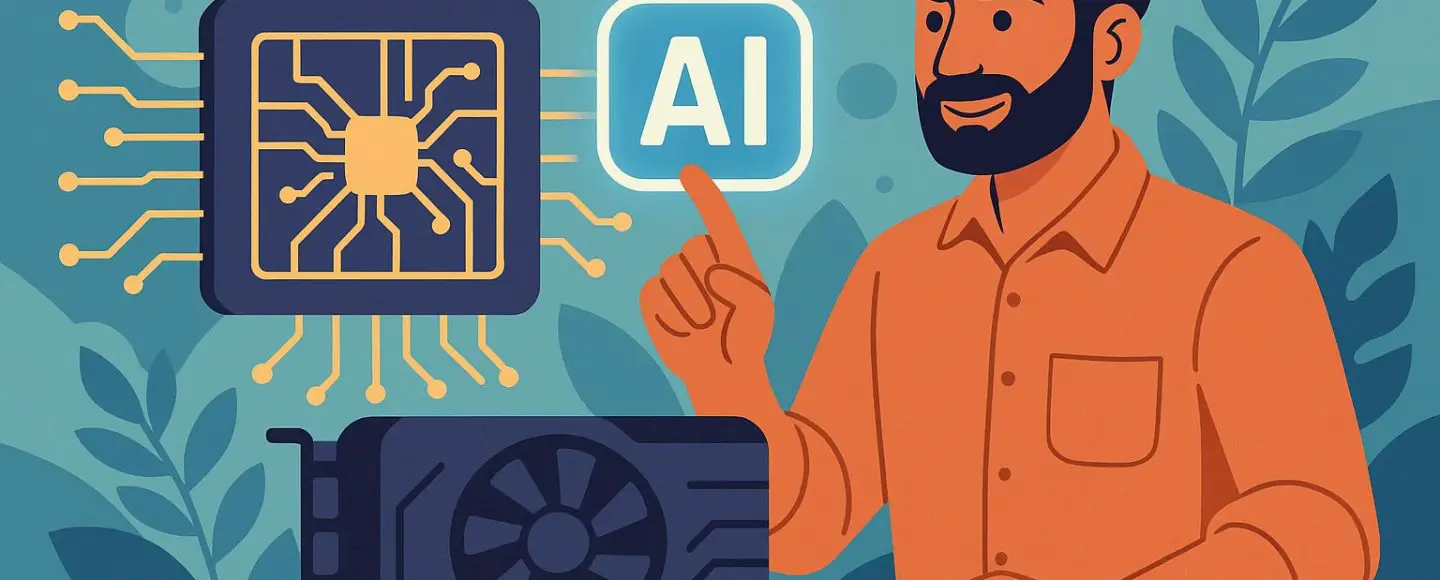






























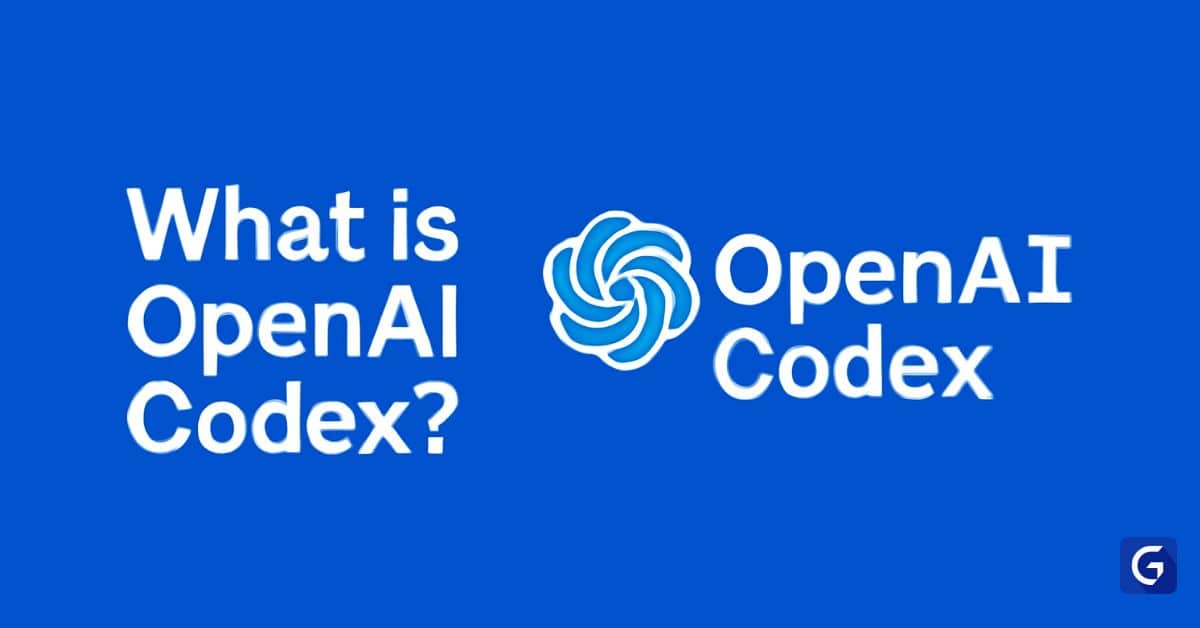





































































![[The AI Show Episode 148]: Microsoft’s Quiet AI Layoffs, US Copyright Office’s Bombshell AI Guidance, 2025 State of Marketing AI Report, and OpenAI Codex](https://www.marketingaiinstitute.com/hubfs/ep%20148%20cover%20%281%29.png)


![[The AI Show Episode 146]: Rise of “AI-First” Companies, AI Job Disruption, GPT-4o Update Gets Rolled Back, How Big Consulting Firms Use AI, and Meta AI App](https://www.marketingaiinstitute.com/hubfs/ep%20146%20cover.png)





































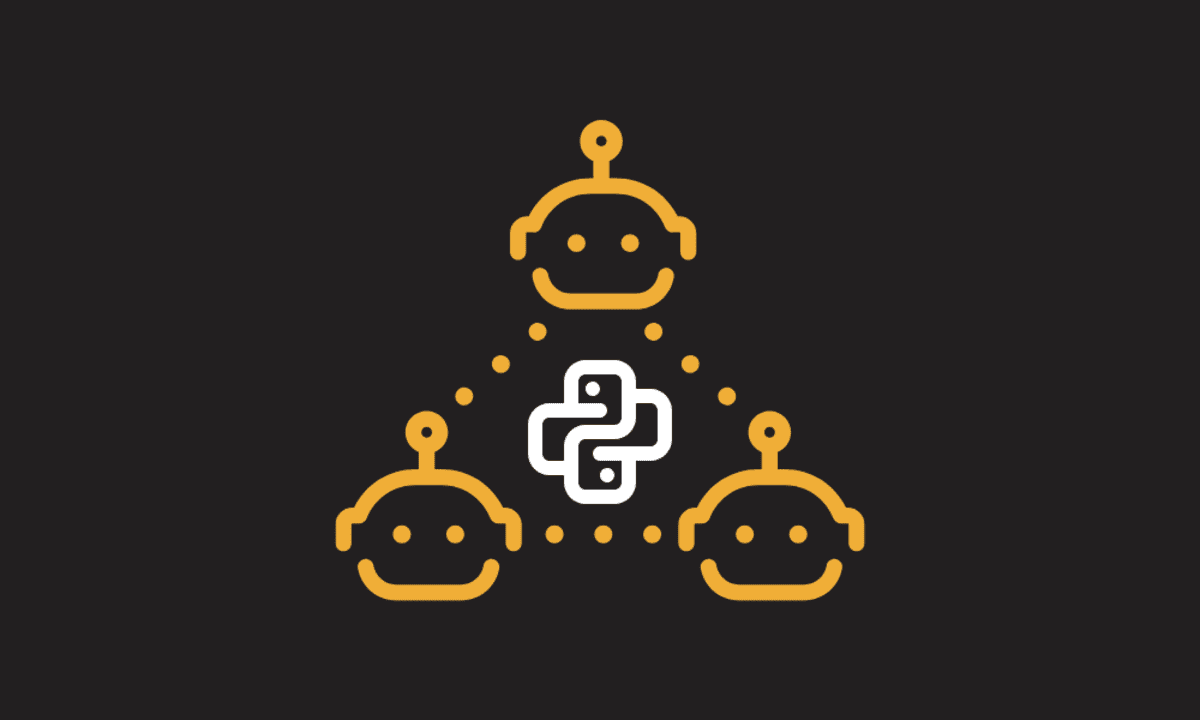





















































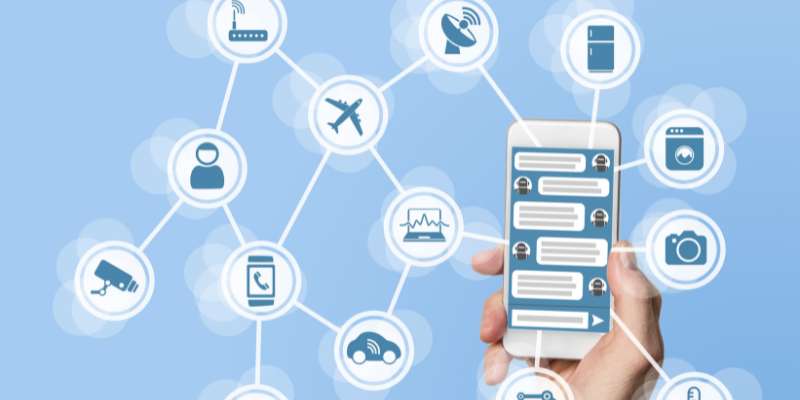
















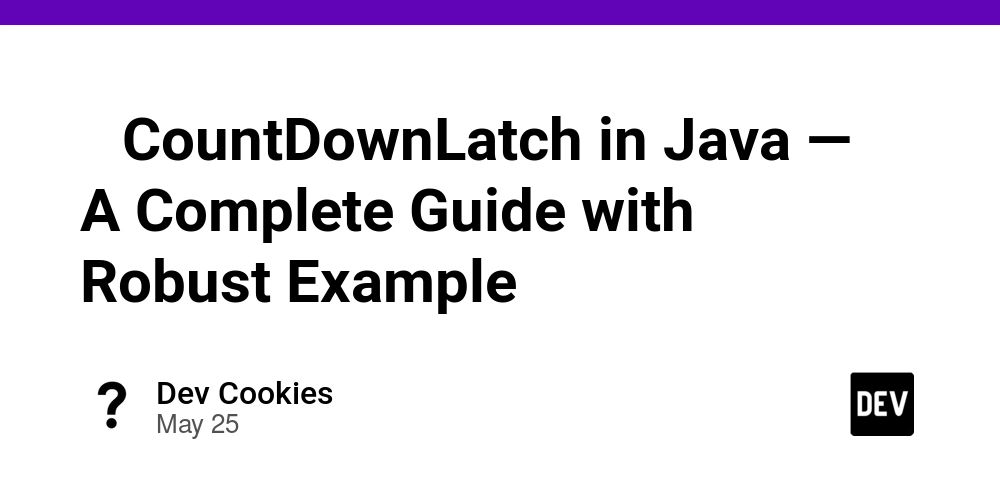
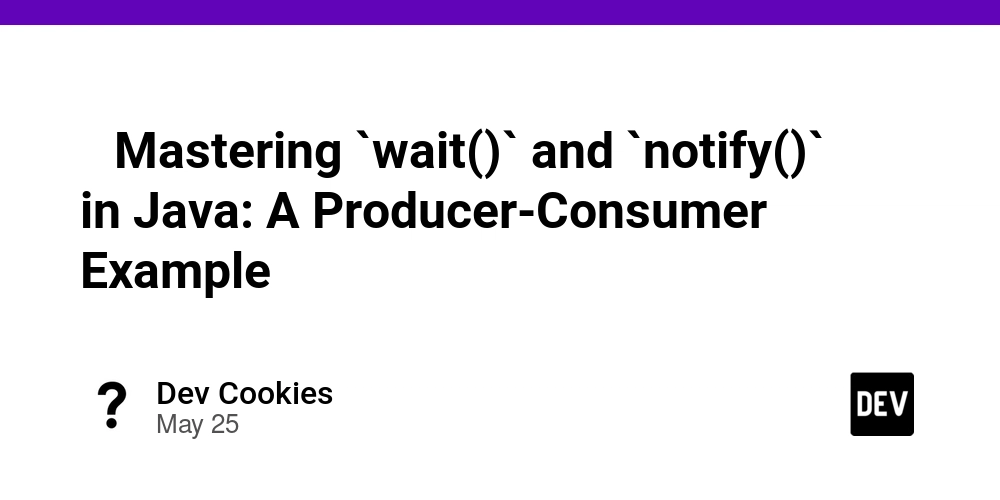


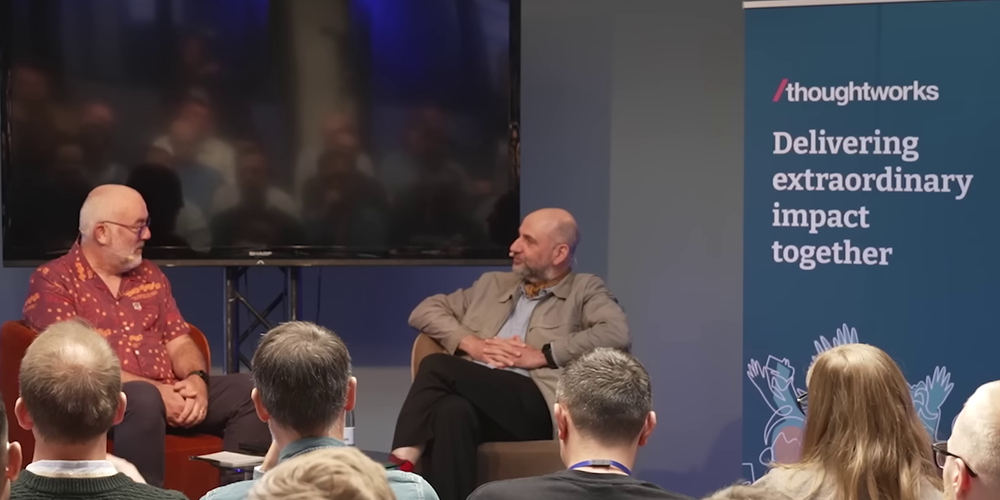








![[DEALS] AdGuard Family Plan: Lifetime Subscription (76% off) & Other Deals Up To 98% Off – Offers End Soon!](https://www.javacodegeeks.com/wp-content/uploads/2012/12/jcg-logo.jpg)





![Laid off but not afraid with X-senior Microsoft Dev MacKevin Fey [Podcast #173]](https://cdn.hashnode.com/res/hashnode/image/upload/v1747965474270/ae29dc33-4231-47b2-afd1-689b3785fb79.png?#)

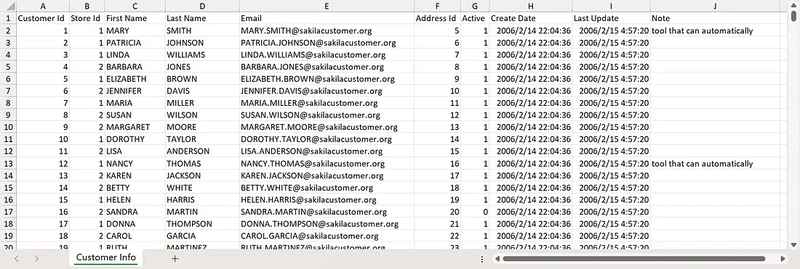












































































































.png?width=1920&height=1920&fit=bounds&quality=70&format=jpg&auto=webp#)






















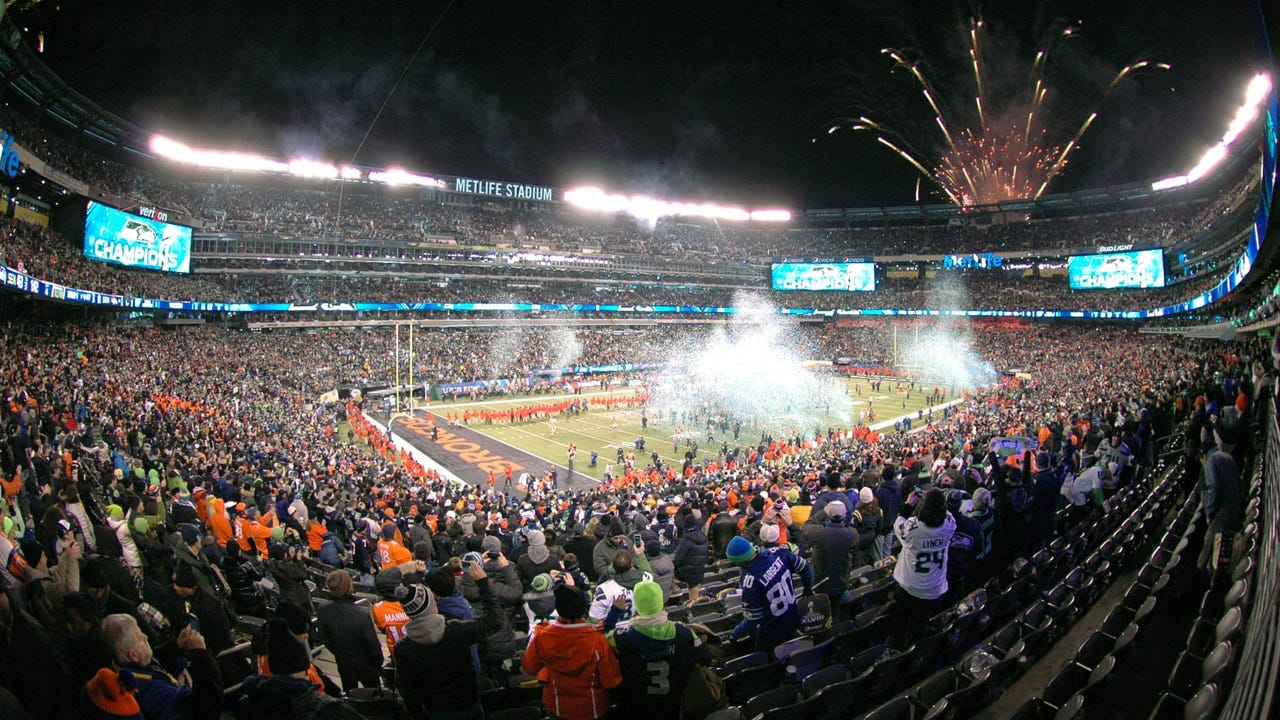
_David_Hall_-Alamy.jpg?width=1280&auto=webp&quality=80&disable=upscale#)
_Andriy_Popov_Alamy_Stock_Photo.jpg?width=1280&auto=webp&quality=80&disable=upscale#)














































































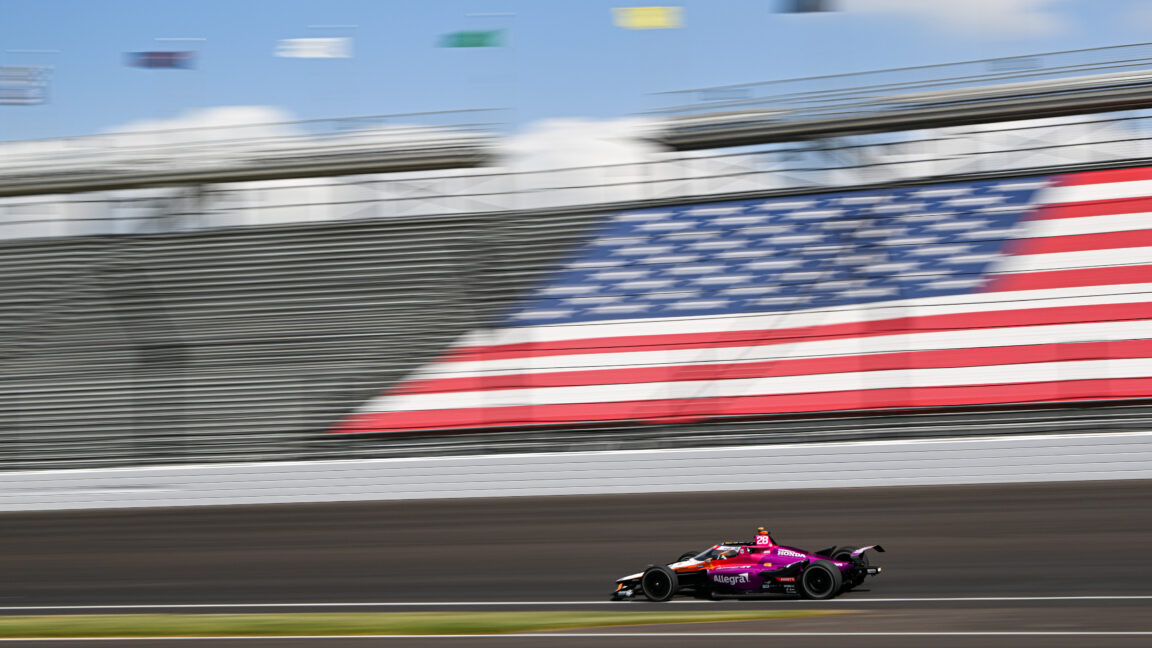


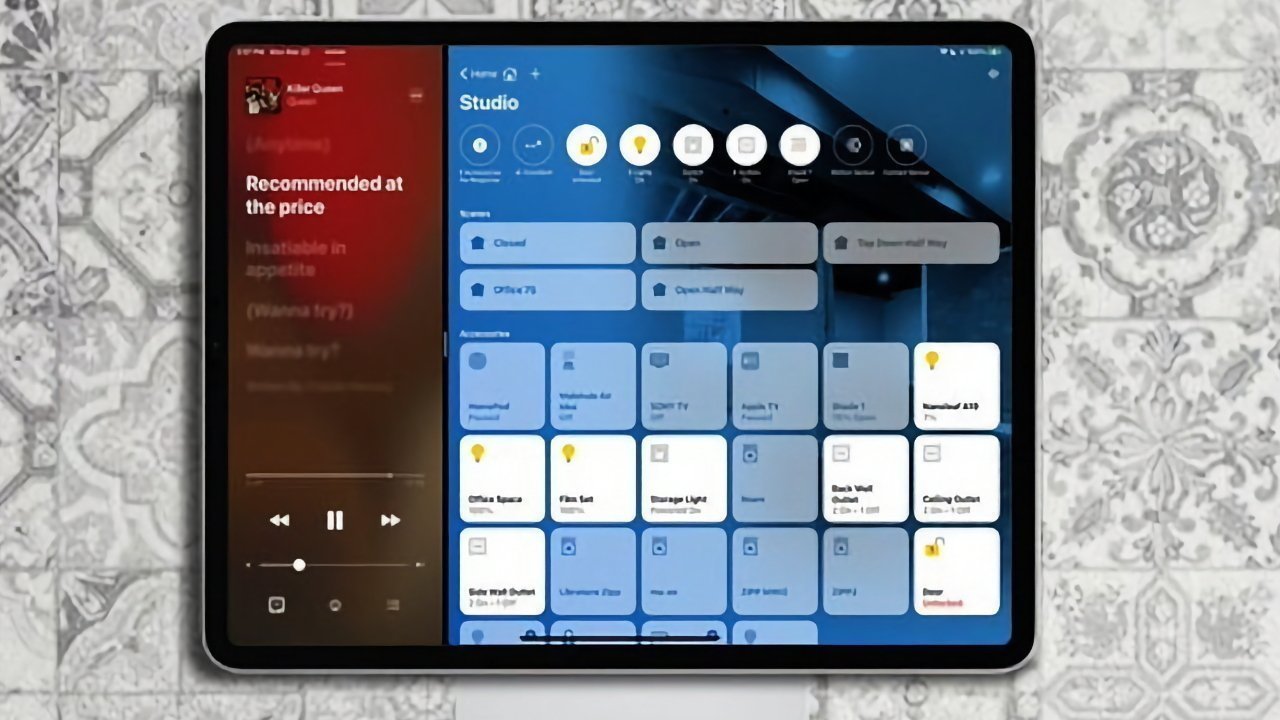

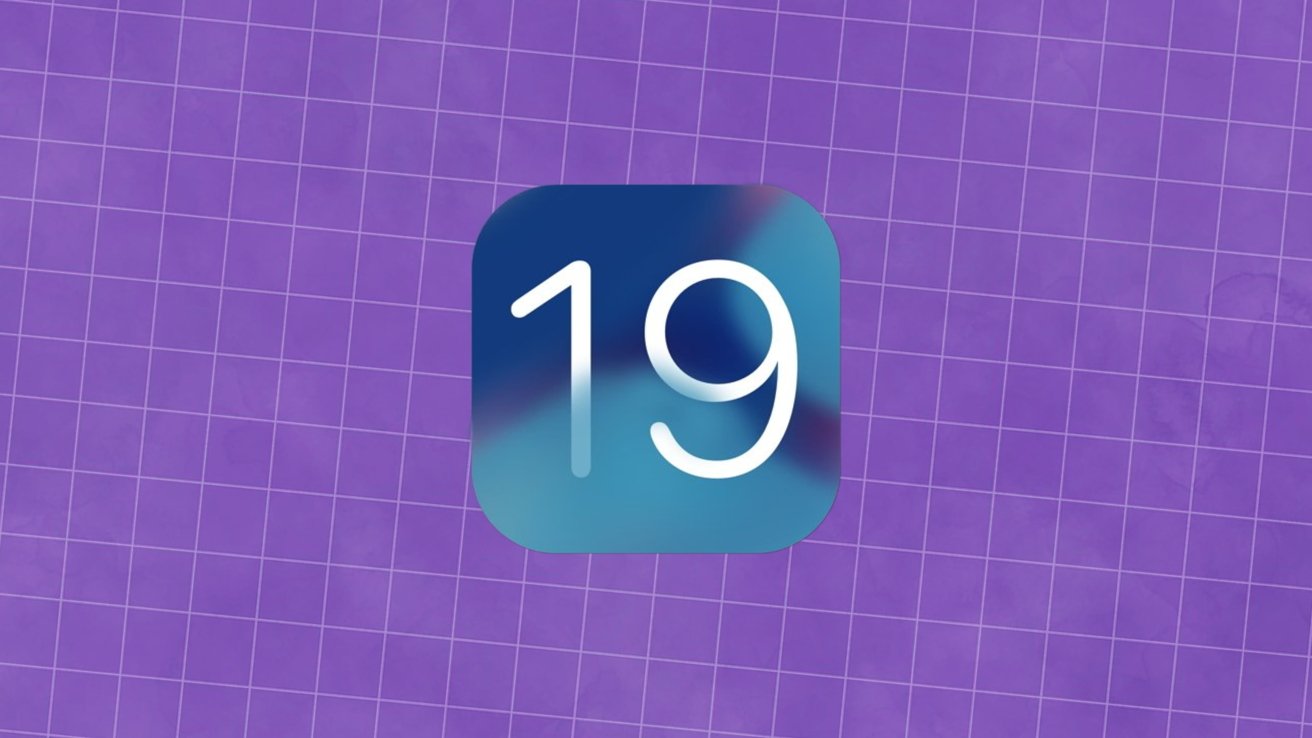


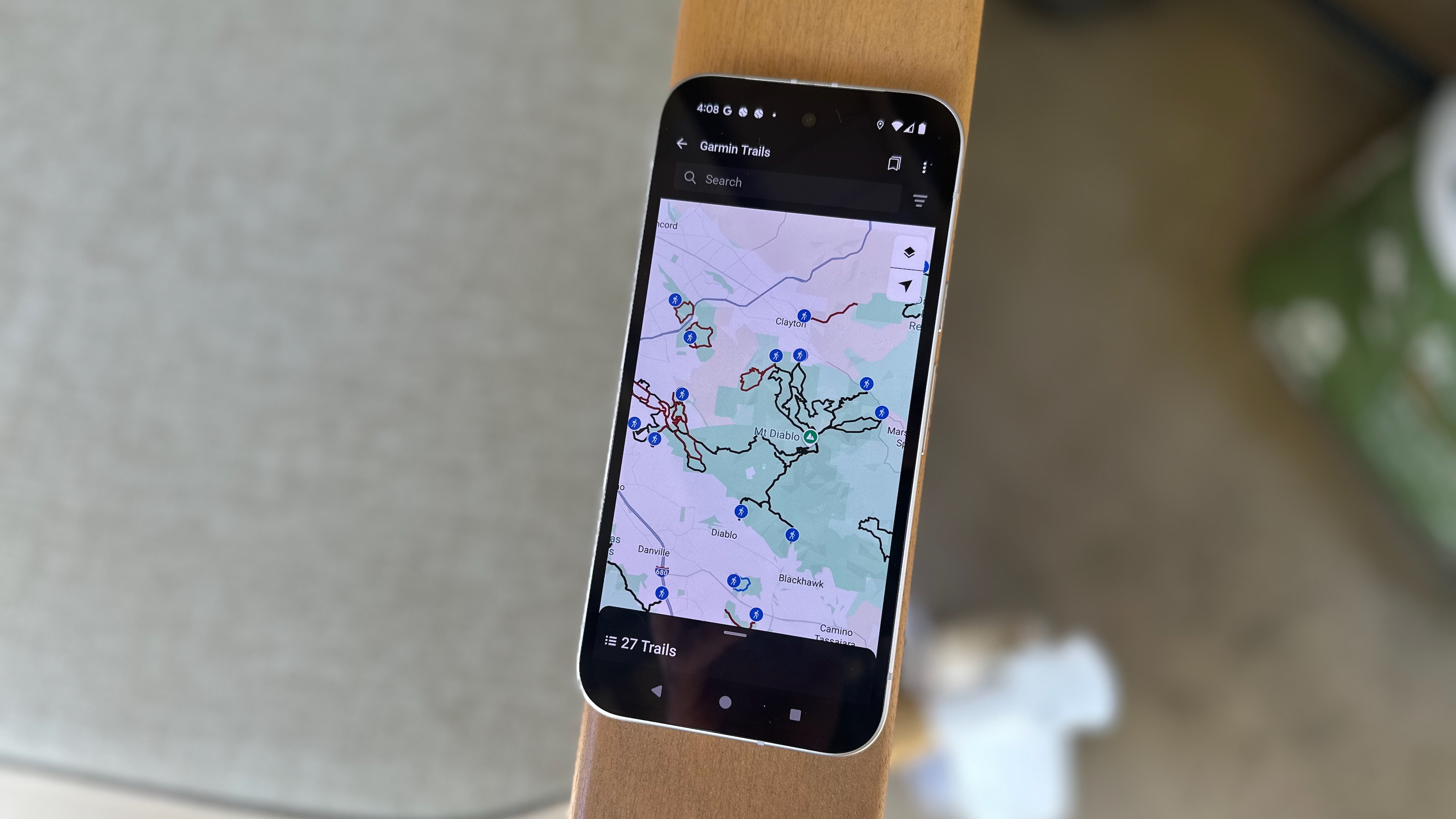

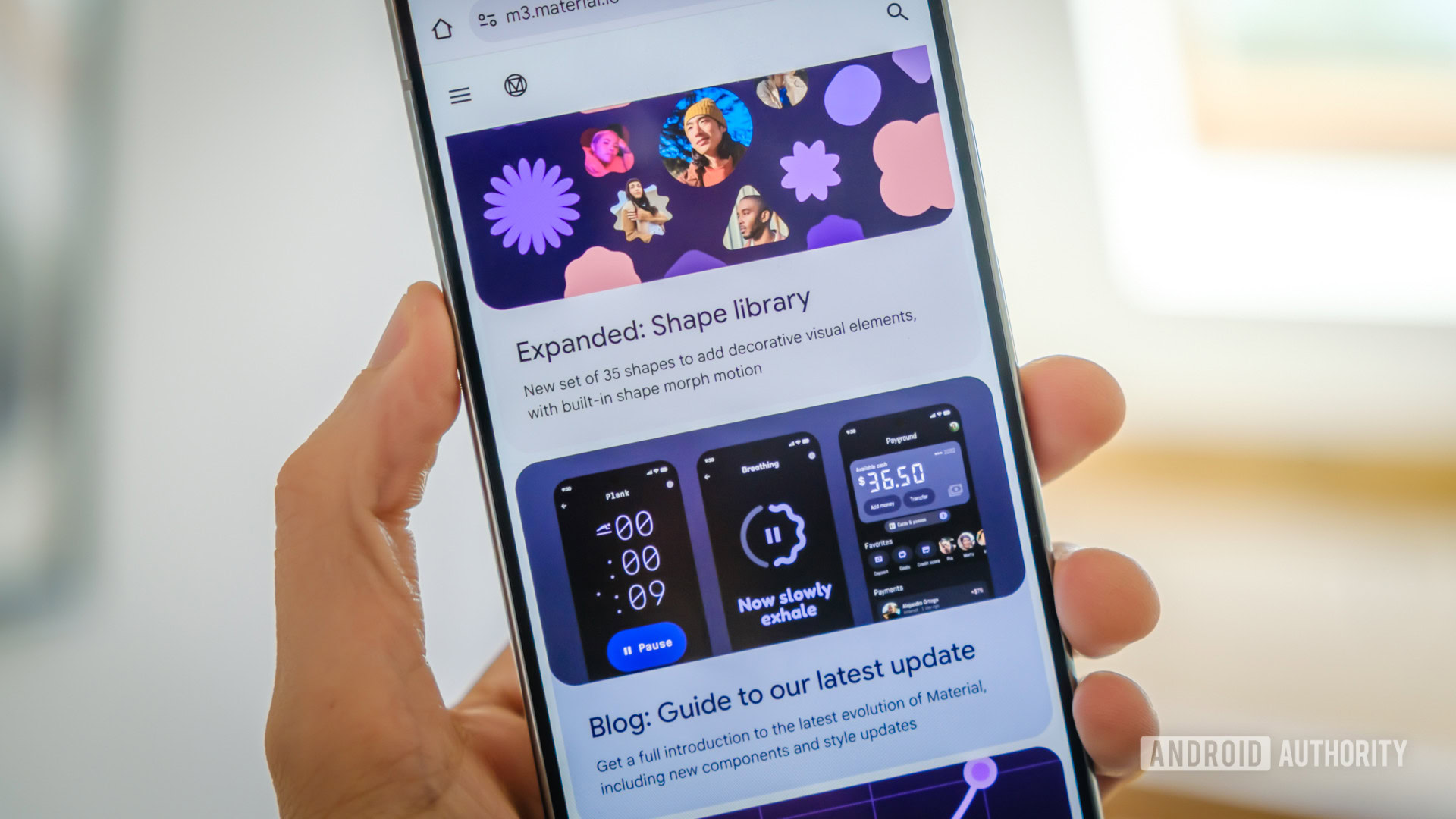







![Spotify will get a new Android Auto app ‘in the coming months’ with Jam support [Gallery]](https://i0.wp.com/9to5google.com/wp-content/uploads/sites/4/2025/05/spotify-jam-android-auto-4.jpg?resize=1200%2C628&quality=82&strip=all&ssl=1)














![Apple 15-inch M4 MacBook Air On Sale for $1049.99 [Deal]](https://www.iclarified.com/images/news/97419/97419/97419-640.jpg)
![Xiaomi Tops Wearables Market as Apple Slips to Second in Q1 2025 [Chart]](https://www.iclarified.com/images/news/97417/97417/97417-640.jpg)




















